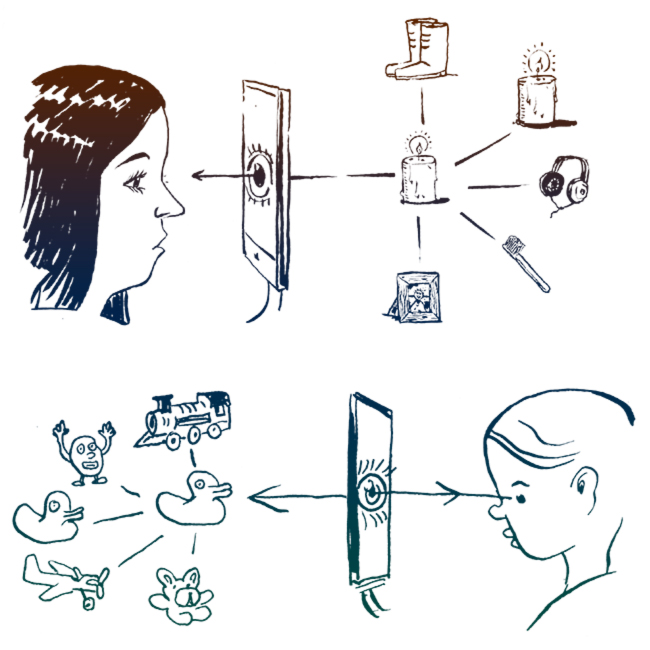ZEITGUIDE TO MOBILE’S NEXT BIG THING

More than 1.2 billion iPhones have been sold since its introduction a decade ago. But much remains under wraps about the highly anticipated tenth anniversary edition.
Rumored supply chain shortages and manufacturing problems, potentially pushing back the iPhone 8 launch, had industry analysts worried. But this week’s earnings announcement, in which Apple said it’s expecting a revenue surge before the end of the year, suggests that the September release looks to be on-track.
Conjecture regarding all things Apple is practically a cottage industry, and speculation about the upcoming iPhone’s improvements are at a fever pitch. Among its mooted-about features ar infrared face-recognition, a thin OLED screen, 3-D imaging and retina scanners. All this will reportedly come at a four-figure price point.
Arguably the most eagerly anticipated “killer app” is ARKit. This augmented reality software platform, unveiled at the Worldwide Developers Conference in June, overlays digital images on real-world settings. It’s been variously described as “mind-blowing“, “insane” and “crazy.” Apple CEO Tim Cook said ARKit could potentially be as disruptive as the smartphone itself.
Such superlatives aren’t just fanboy ravings. Respected analysts also say it could be a “game changer.” Still, nearly all tech predictions deserve a dose of skepticism. Indeed even the Two Steves—Jobs and Ballmer—proved quite fallible in their prognostications.
The sea-change that smartphones unleashed on culture and society has everyone trying to spot the Next Big Thing in mobile technology. Remember when we still used stand-alone maps, cameras and MP3 players? Or the time when we pushed actual buttons, before the iPhone’s revolutionary touchscreen?
Smartphones—like most technologies—are a mixed blessing. A report on CBS’s “60 Minutes” suggested that they are altering our brain chemistry, and not for the better. An article just published in The Atlantic by psychologist Jean Twenge explains how iGen, the current generation of children and teens seemingly born with smartphones in their hands, is experiencing greater isolation and rates of depression than any preceding generation. Instead of spending their time out dating, learning to drive or getting into a healthy amount of trouble, teens increasingly spend more time on their phones, and cooped up in their rooms.
They also undeniably enable some dumb behavior, including deadly distracted driving. Honolulu just became the first big U.S. city to fine people for distracted walking. It also turns out that always-available internet is bad for gum sales, of all things.
But it’s hard to overstate how much smartphones have altered our lives. Mobile has changed the way we date, dine, bank, shop and hail a car. It’s created new expressions of faith as tech-savvy Millennials bookmark Bible verses to share on social media. It’s fueled political movements, such as the uprisings during the Arab Spring. And some would say it has created an antisocial, technology-addicted, attention-deficient population riddled with Fear of Missing Out anxiety.
Indeed, the smartphone topped Popular Mechanics’ list of “101 Gadgets That Changed the World.”
Thomas Edison’s light bulb came in at a distant 10th.
